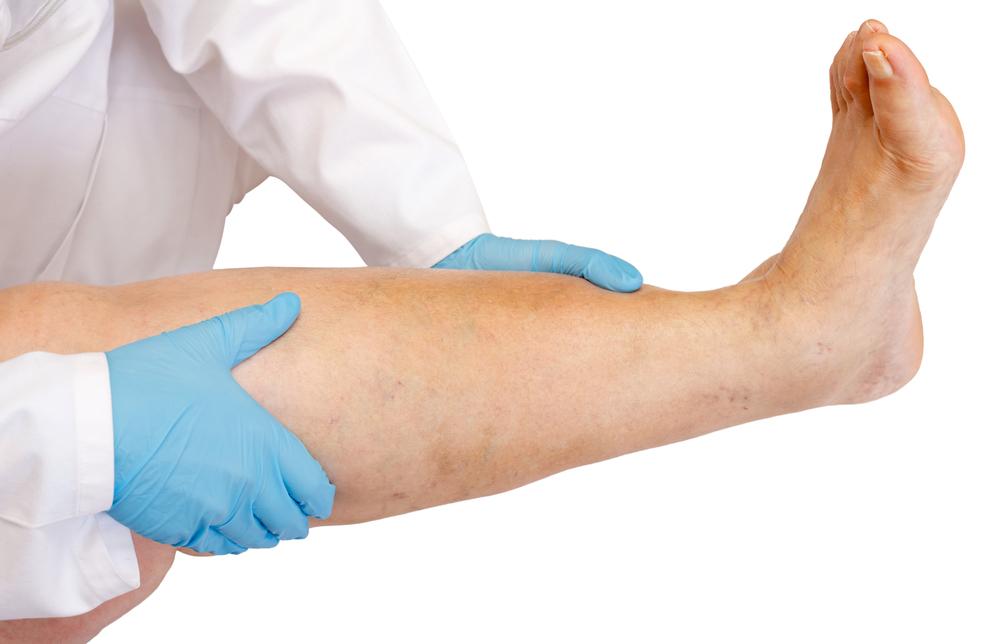Early Signs and Symptoms of Polycythemia Vera: A Comprehensive Guide to Detection and Management
Polycythemia Vera is a serious blood disorder with early signs like itching, headaches, night sweats, nasal bleeding, and fatigue. Recognizing these symptoms swiftly helps in early diagnosis and effective treatment. This comprehensive guide explores how to identify the symptoms of PV, understand its risks, and seek medical help to manage the condition effectively, preventing complications such as blood clots and organ damage.

Understanding the Early Indicators of Polycythemia Vera
Polycythemia Vera (PV) is a rare but serious blood disorder characterized by the excessive production of red blood cells within the bone marrow. This abnormal increase causes the blood to become thicker than normal, which in turn raises the risk of blood clots, strokes, and other cardiovascular complications. If left undiagnosed or untreated, PV can progress into more severe health conditions such as leukemia or myelofibrosis. Recognizing the early warning signs and symptoms associated with this condition is crucial for timely medical intervention and effective management.
Why Early Detection Matters
Detecting Polycythemia Vera at an early stage can significantly impact the effectiveness of treatment options and improve overall prognosis. Delay in diagnosis increases the risk of dangerous complications, including thrombosis, transient ischemic attacks, or even life-threatening strokes. Therefore, understanding the common symptoms and seeking prompt diagnosis is essential for patients and healthcare providers alike.
Common Symptoms and How They Manifest
Persistent Itching
Many patients report experiencing unexplained persistent itching, particularly after bathing, exposure to warm temperatures, or during physical activity. The exact cause remains uncertain, but it is believed that elevated red blood cell counts stimulate the release of histamines and cytokines, which can cause skin inflammation and itching. Though often overlooked, this symptom can be one of the earliest signs pointing toward PV development.
Recurrent Headaches and Dizziness
The increased blood viscosity impairs normal blood flow, especially to the brain, leading to frequent headaches, dizziness, and a sense of mental fog. These symptoms are often persistent and may become more pronounced after physical exertion or in hot weather. Recognizing these signs can help in early detection, particularly when paired with other symptoms.
Night Sweats
High levels of cytokines secreted by proliferating blood cells can lead to systemic inflammation, which may manifest as profuse sweating during sleep. This symptom often results in dehydration, contributing to fatigue and weakness. Persistent night sweats should prompt medical evaluation to rule out PV or other serious conditions such as lymphomas or leukemias.
Nosebleeds and Easy Bruising
As blood thickens, its increased tendency to clot makes spontaneous bleeding, especially nosebleeds, more common. Minor cuts or injuries may bleed for longer durations and are difficult to control. Such bleeding tendencies indicate abnormal blood viscosity, a hallmark of PV caused by excessive red blood cell production.
Abdominal Discomfort and Bloating
Many PV patients experience gastrointestinal symptoms, including indigestion, bloating, or even ulcers. An enlarged spleen—known as splenomegaly—is common due to excess blood cell turnover and pooling, often causing discomfort or pain in the upper left abdomen. Prompt medical assessment is essential to differentiate PV from other abdominal conditions and to initiate appropriate treatment.
Persistent Fatigue and Weakness
Due to the slowed or impaired circulation, delivery of oxygen and nutrients to vital organs diminishes, leading to a chronic sense of fatigue, weakness, and shortness of breath, even during minimal physical activity. Recognizing this symptom is vital for early diagnosis, especially when combined with other signs.
Visual Disturbances
Overcrowded and thickened blood can obstruct small vessels in the eyes, resulting in blurry vision, visual distortions, or temporary blindness in one or both eyes. Such visual issues are serious warning signs of circulatory compromise and necessitate immediate medical attention.
The Importance of Medical Consultation
If you observe any combination of these symptoms—especially persistent itching, headaches, night sweats, abnormal bleeding, or visual problems—consult a healthcare professional promptly. Accurate diagnosis typically involves blood tests including a complete blood count (CBC), bone marrow biopsy, and other assessments to confirm PV. Early diagnosis allows for targeted treatment strategies that can control blood cell production, reduce complication risks, and improve quality of life.
In conclusion, understanding and recognizing the key indicators of Polycythemia Vera are vital for early detection and effective management. Staying vigilant about symptoms and seeking timely medical advice can significantly alter the disease course, prevent severe complications, and lead to better health outcomes.





